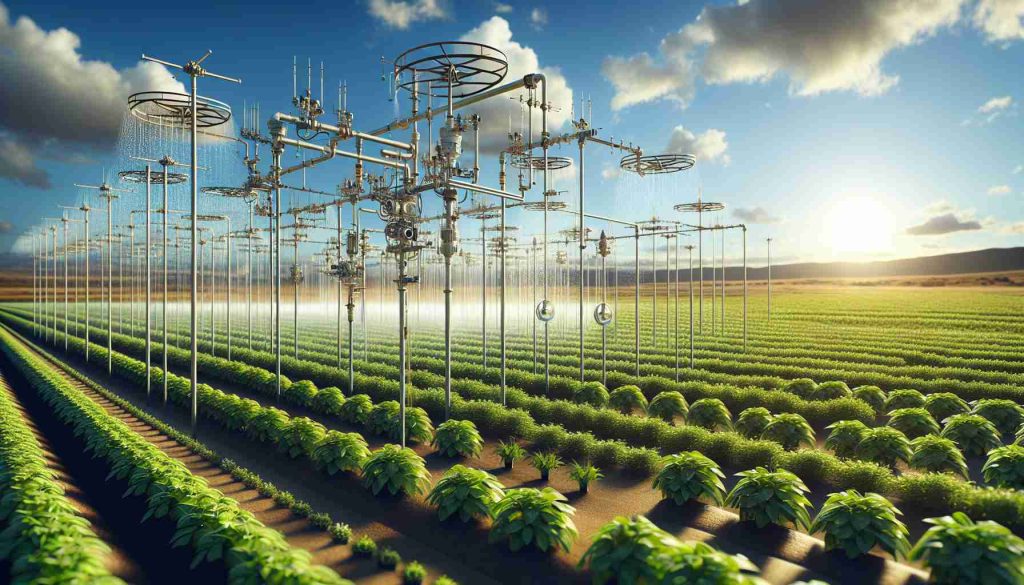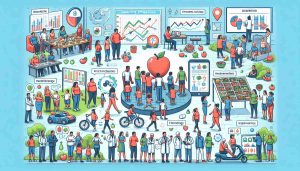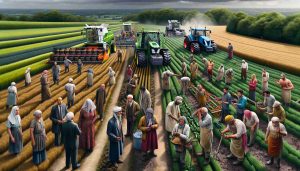Revolutionary Water Conservation Techniques Transforming Agriculture in Texas
3 min read
In a groundbreaking shift for agriculture in Texas, innovative water conservation methods are reshaping the landscape. Gone are the days of parched lands, as new techniques are revolutionizing the way farmers manage water resources.
Through cutting-edge practices and technologies, farmers are maximizing water efficiency while maintaining productivity levels. The days of water scarcity in certain regions are becoming a distant memory.
These forward-thinking approaches have paved the way for a sustainable future for Texas agriculture. Commissioner Sid Miller’s concerns about water shortage are being addressed head-on, with farmers leading the charge towards a more water-conscious industry.
With these transformative strides in water conservation, Texas is setting a new standard for sustainable agriculture practices. The integration of modern techniques is not only safeguarding water resources but also ensuring a thriving agricultural sector for generations to come.
The landscape of Texas agriculture is evolving, with a newfound emphasis on environmental stewardship and resource efficiency. As the state continues to lead the way in innovative water conservation, the future looks promising for both farmers and the environment.
Revolutionary Water Conservation Techniques Reshaping Agriculture in Texas: Unveiling Additional Insights
The article “Revolutionary Water Conservation Techniques Transforming Agriculture in Texas” sheds light on the significant shift taking place in the agricultural sector of Texas. However, there are several lesser-known facts and key questions that deserve attention to provide a comprehensive overview of this transformative process.
What are some innovative water conservation techniques being implemented in Texas agriculture?
Beyond what has already been discussed, Texas farmers are increasingly turning to precision irrigation methods, such as drip irrigation and soil moisture sensors, to optimize water usage. These technologies enable farmers to provide water directly to the roots of plants, resulting in reduced water wastage and improved crop yields.
What are the key challenges associated with implementing these water conservation techniques?
One of the primary challenges facing the adoption of advanced water conservation techniques in agriculture is the initial investment cost. While these technologies offer long-term benefits, the upfront expenses can be prohibitive for many farmers. Additionally, there may be a learning curve involved in mastering these new methods, requiring education and training for successful implementation.
What are the advantages and disadvantages of integrating modern water conservation practices in Texas agriculture?
The advantages of embracing modern water conservation practices include increased water efficiency, enhanced crop productivity, and reduced environmental impact due to decreased water runoff and soil erosion. However, potential disadvantages may include the need for specialized equipment, ongoing maintenance costs, and the risk of technology malfunctions disrupting farm operations.
In conclusion, while the adoption of revolutionary water conservation techniques is transforming agriculture in Texas for the better, it is essential to address the challenges and controversies associated with this shift. By considering the additional insights provided above, stakeholders can make more informed decisions to ensure a sustainable and prosperous future for Texas agriculture.
For further information on innovative agricultural practices and water conservation efforts in Texas, visit Texas Department of Agriculture.






